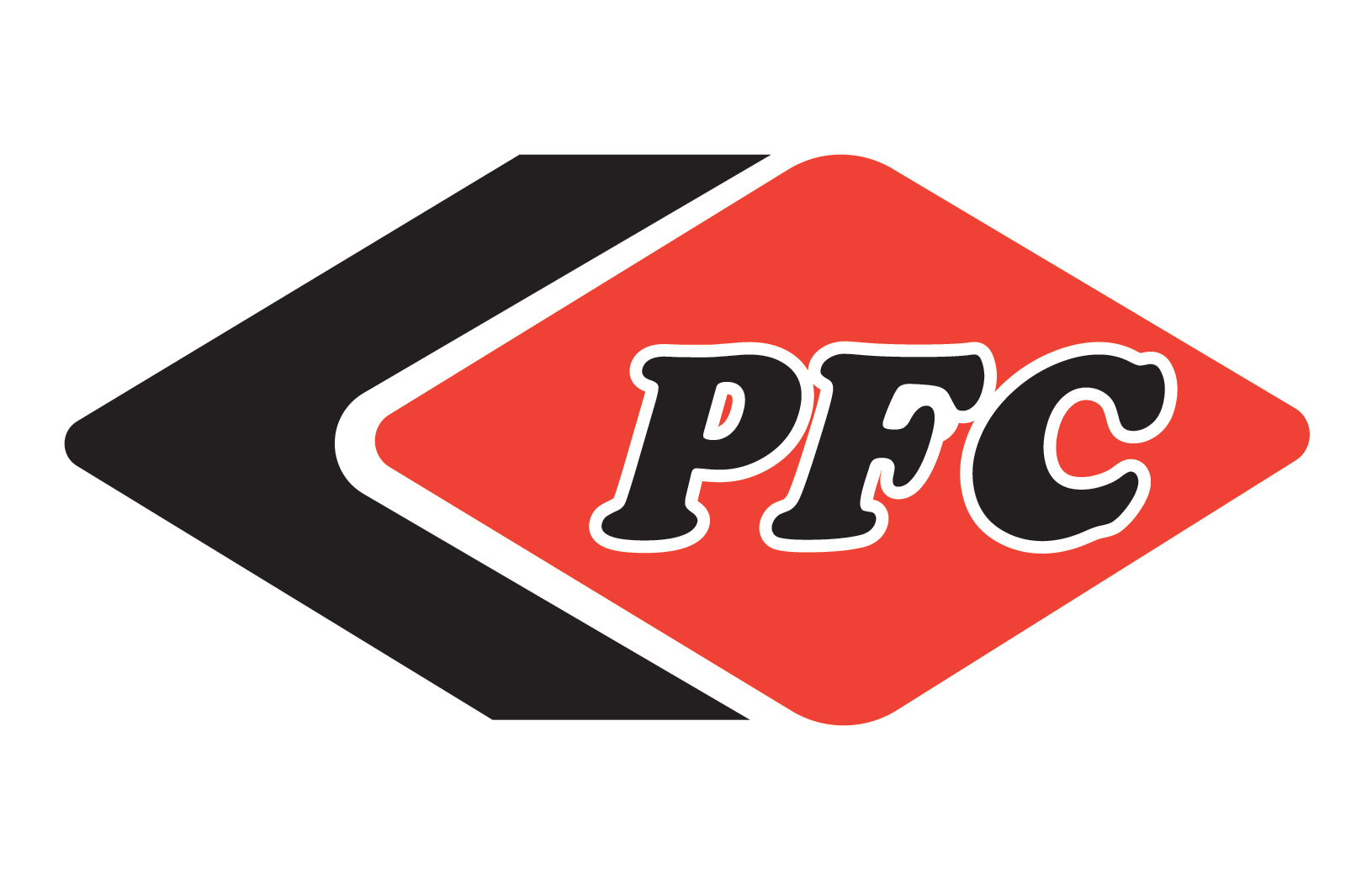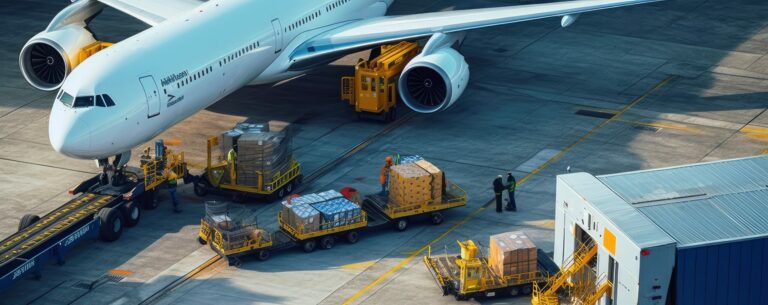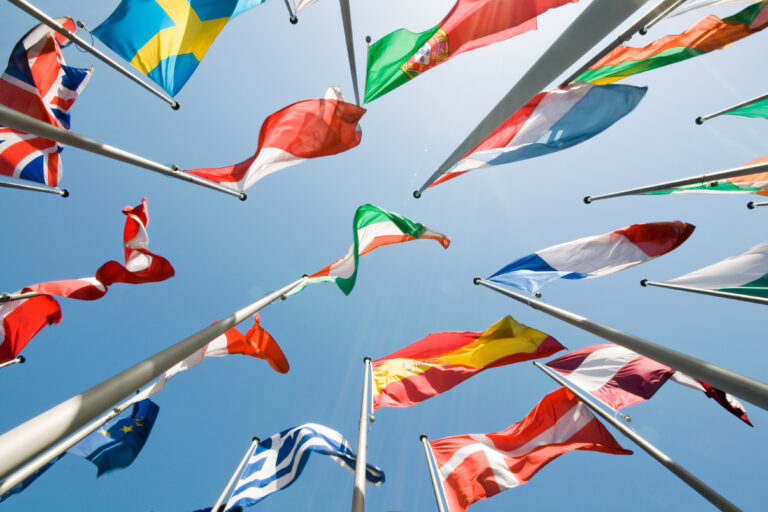Importing Vessels under the Canada-EU Comprehensive Economic and Trade Agreement (CETA)
The Canada-EU Comprehensive Economic and Trade Agreement (CETA) is a bilateral free trade agreement between Canada and the EU. Entering into force on September 21, 2017, it reduces and eliminates duties across all sectors of the economy. But how is the importation of commercial vessels and ships affected? In this post, we take a look at importing vessels under CETA.
Understanding CETA
CETA takes a phased approach to removing tariffs. 98% of products and services had duties removed as soon as CETA came into force. An additional 1% of tariffs will be eliminated over the next few years. As a result, 99% of all Canadian goods entering the EU market will be duty-free.
However, not all tariffs will eventually enjoy duty free status. Commodities are categorized into seven Staging Categories, “A” through to “E”, ranging from duty-free to exempt from tariff elimination. For instance:

Importing Vessels and Ships
Most commercial vessels and ships fall under staging categories B & D. For example:

Staging Categories for Importing Vessels under CETA
The following lists CETA staging categories for ships, boats, and floating structures:

Certificate of Origin
The exporter must include an origin declaration on the invoice to enable the importer to claim preferential tariff treatment under CETA. For example, this can be a simple statement indicating the goods meet the rules of origin.
Exporter Obligations
Customs officials in the export country have the authority to validate the claim for CETA tariff treatment. In addition, the exporter must notify the importer of any changes to an origin declaration by the exporter.
Importer Obligations
It is the importer’s responsibility to possess the exporter’s origin declaration at time of clearance. The importer must also correct declarations within 90 days of being notified of changes that affect origin status.
The importer can request a refund of duties in cases where they did not have an origin declaration. However, a request for refund of duties must be completed within a specified time period.
Canada Border Services Agency (CBSA) may also request verification that the goods remained under customs control if transshipped via a non-CETA country.
12 Key Sectors of CETA
The Government of Canada has identified 12 key sectors of interest to Canadian businesses that will benefit from CETA, such as Aerospace, Agriculture and Agri-food, Automotive, Fish and Seafood, and Oil & Gas. Visit Global Affairs for more information on the key sectors.
Finding Your Product’s Tariff Rate Reduction
For more information on CETA or to determine the EU Tariff Rate associated with your product or equipment, please visit the Canada Tariff Finder.






